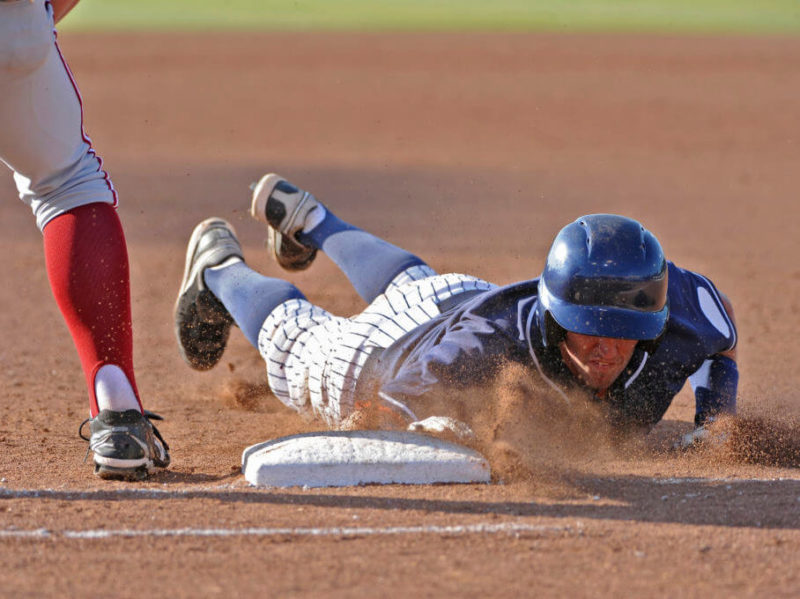When it comes to concussion management, sports medicine has come a long way. From diagnosis to treatment, care teams like the one at Sanford Health’s concussion clinic are fine-tuning how to best handle this injury.
Dr. Kate Higgins, a neuropsychologist at Sanford Health, is the only neuropsychologist in the region specializing in sports concussion. She emphasizes that while concussions are serious, they now have the potential to be very well-managed.
“As a provider, one of the most important things I can do is make sure that people are well educated about what a concussion is and how far we’ve come,” Dr. Higgins says. “There’s a lot of bad information out there and people can be really scared about this injury.”
How a concussion happens
Any forceful event that accelerates the head and causes the brain to bounce around, twisting within the skull can cause a concussion. Brain trauma then results from chemical changes or cell damage.
“In order to have a concussion occur, there has to be some mechanism of injury -– whether that’s a direct blow to the head or a whiplash injury, where an athlete’s body is hit hard and their head whips back and forth,” Dr. Higgins says.
There are a range of symptoms that can signal a concussion. Loss of consciousness after a hit is often the first indication, but other signs can include disorientation, trouble balancing, dizziness, headache and ringing in the ears. An athlete can also feel suddenly sensitive to light or noise.
Now it’s standard practice for coaches and athletic trainers to immediately pull an athlete from active play if they suspect a concussion.
If they’re educated about the symptoms, sometimes teammates and parents can recognize when an assessment is needed. It’s also crucial for athletes to self-report if they feel like something could be wrong.
“The worst thing they can do is not say anything and just keep playing,” Dr. Higgins says.
Handling brain trauma
After an athlete has been diagnosed with a concussion, they undergo multiple assessments, which can include testing cognitive function, balance and eye-tracking.
“We use all of this objective testing to augment what we’re hearing from the patient about how they’re feeling,” Dr. Higgins says.
Following assessment, the severity of the concussion and an athlete’s symptoms will determine their next steps, such as whether or not they’ll need to see a physician or physical therapist.
“A lot of players don’t need active intervention,” Dr. Higgins explains. “For a lot of them, this is an injury that gets better on its own as long as they take it easy.”
Activity restrictions, a main part of concussion treatment, allow the brain time to recover. Limiting sports activity, screen time and socializing can all help. Medication can be used to alleviate symptoms like headaches or nausea.
Regardless of the level of care they need, an athlete must be cleared to return to play by a health care professional, be that a physician, neuropsychologist or athletic trainer. This prevents athletes from returning to play just because they want to. Getting official clearance to play involves undergoing many of the same assessments they did when the concussion first happened.
“When we send athletes back to play we can feel really confident that they’re fully recovered and it’s safe to send them back into their sport,” Dr. Higgins says.
A team effort
The concussion management team at Sanford Orthopedics & Sports Medicine has physicians, a neuropsychologist, physical therapists and occupational therapists, all of whom have had specialty training in concussion care.
The team also works closely with the Sanford Sports Science Institute as it researches better ways of diagnosing and managing concussions.
Learn more
- Concussions and sports medicine: podcast
- Would you let your kid play football?
- Sanford MMA athletes see great benefit in partnership
…
Posted In Health Information, Sports Medicine
